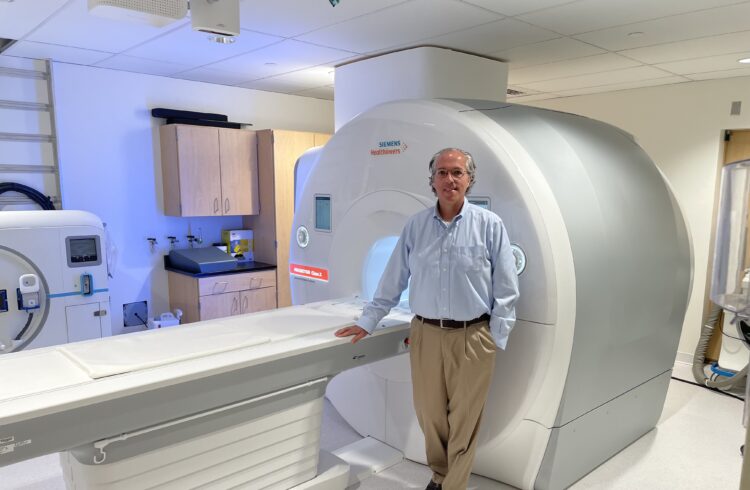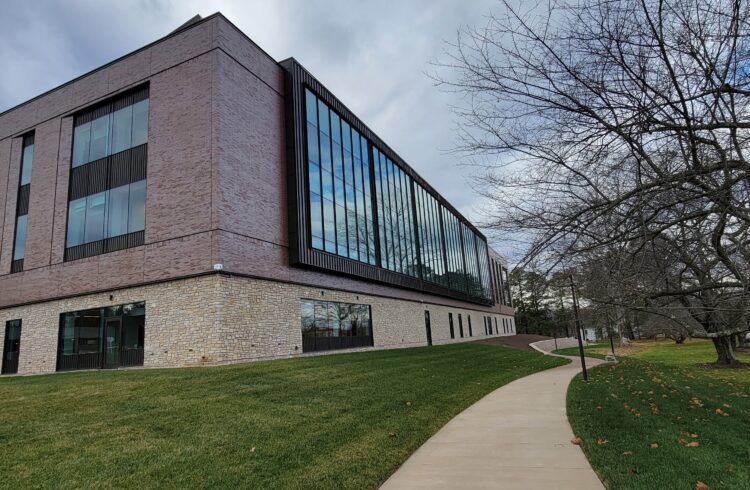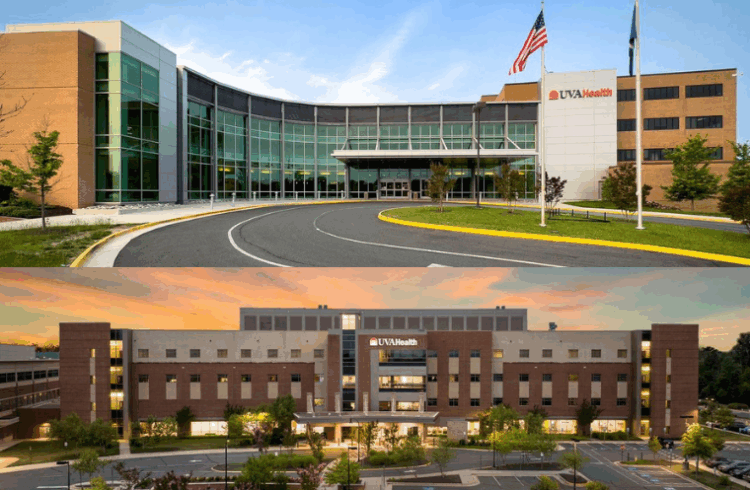
CHARLOTTESVILLE, Va. – The healthy human body is extremely efficient at cleaning house. Every day, we purge 100 to 200 billion dead cells – a process called cell clearance, which is fundamental in our ability to maintain a healthy physiological balance and prevent a number of chronic diseases. Professional cleaning cells, called phagocytes, are responsible for ridding the body of dead, or ‘apoptotic’, cells.
“This process of cell clearance, in which a phagocyte consumes a dying cell, is akin to you having a neighbor move into your house with all his possessions,” says Kodi Ravichandran, PhD, principal investigator of the new UVA Health System study published online August 21, 2011 in the journal Nature . “The phagocyte would need to sort and dispose of the excess material, while maintaining its normal form and function. Yet, remarkably, we have far fewer phagocytes than dying cells in the body, which means each phagocyte would have to accommodate several neighbors.”
Until now, researchers have not understood how phagocytic cells have the ability continue to consume their dead brethren, but UVA researchers now have uncovered a critical enabler that allows phagocytic cells to continually and vigorously clean out our bodies of dead cells.
In the new study, researchers found that the phagocyte Uncoupling Protein 2 (Ucp2) plays a critical role in controlling the appetite of the phagocyte. Ucp2 normally is found within the mitochondria, a key energy organelle within all cells. The new research findings reveal that when phagocytes begin to eat their dying neighbors, Ucp2 protein levels within the phagocytes increase. The higher Ucp2, in turn, modifies membrane potential within the phagocyte mitochondria and increases the ability of a phagocyte to ingest multiple dead cells.
“Defining the factors that control the capacity of phagocytes to engulf apoptotic cells is important across a number of disciplines” says Ravichandran, chair of the UVA Department of Microbiology, Immunology, and Cancer Biology and director of the Center for Cell Clearance . “The failure to promptly recognize and clear these dying cells has deleterious consequences to the body, predisposing it to autoimmunity, inflammation and atherosclerosis.”
Enhancing the appetite of phagocytes through the upregulation, or increase, of Ucp2, could develop possible modes of treatment for a wide variety of diseases, in which impaired clearance of dying cells often is seen.
Study findings also could contribute to a greater understanding of atherosclerosis, a process involving the continual thickening of plaque along artery walls. Previous research has shown that the failure of the body to clear out apoptotic cells contributes to atherosclerosis, and independently the loss of Ucp2 also has been linked to atherosclerosis.
“Therefore, the connection between Ucp2 and cell clearance may help us identify new modes of treatment for atherosclerosis,” says Ravichandran.
Finally, understanding how individual cells manage energy metabolism is important for many metabolic diseases such as diabetes and obesity, which affect more than 600 million people worldwide. Learning how a phagocyte copes with the excess metabolic load while eating dead cells would help researchers better understand and potentially alleviate metabolic diseases in the future.
“Our next steps are targeted toward uncovering how we can naturally enhance the levels or activity of the Ucp2 protein and in turn modulate the energy metabolism,” says Ravichandran.


